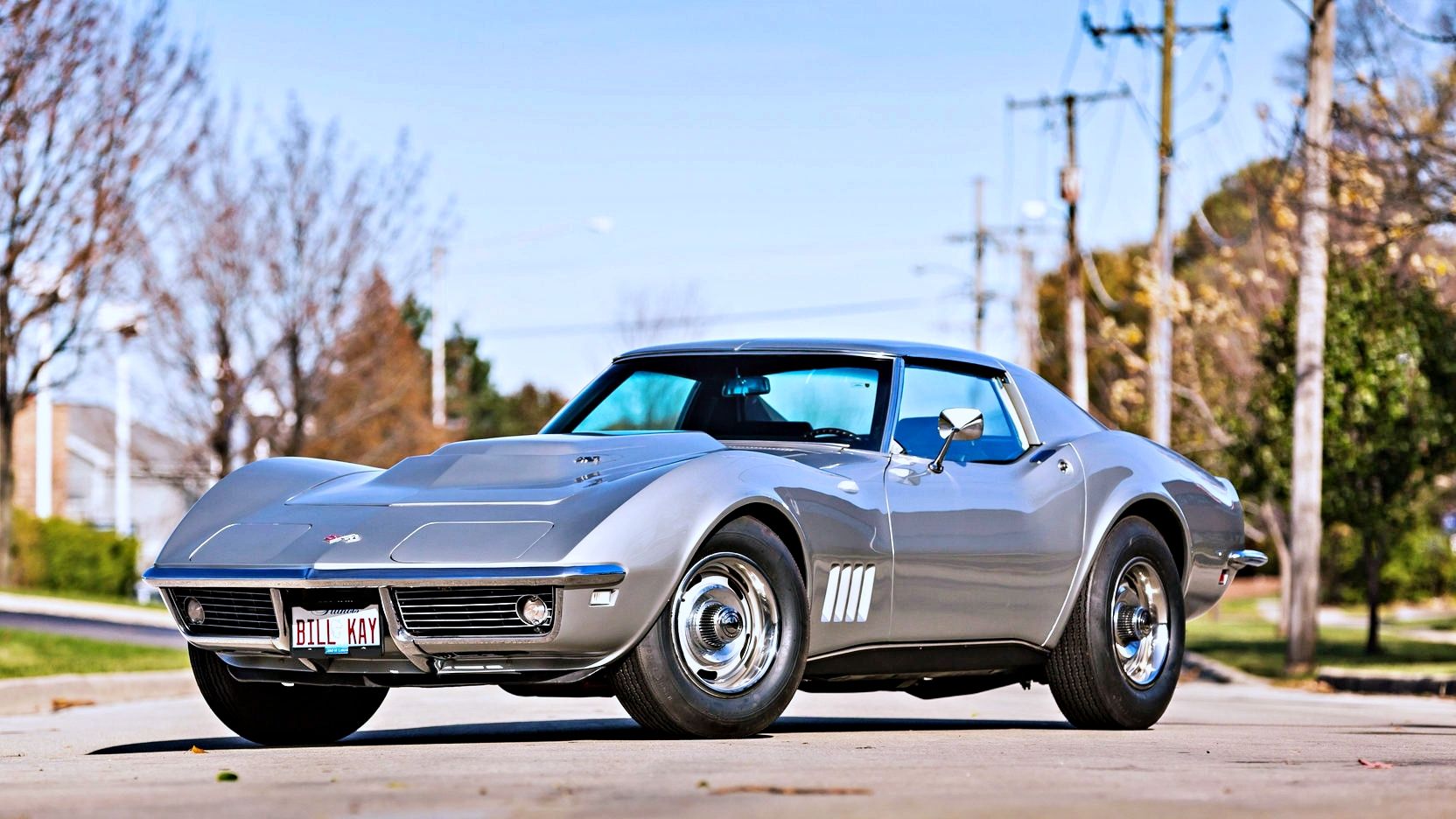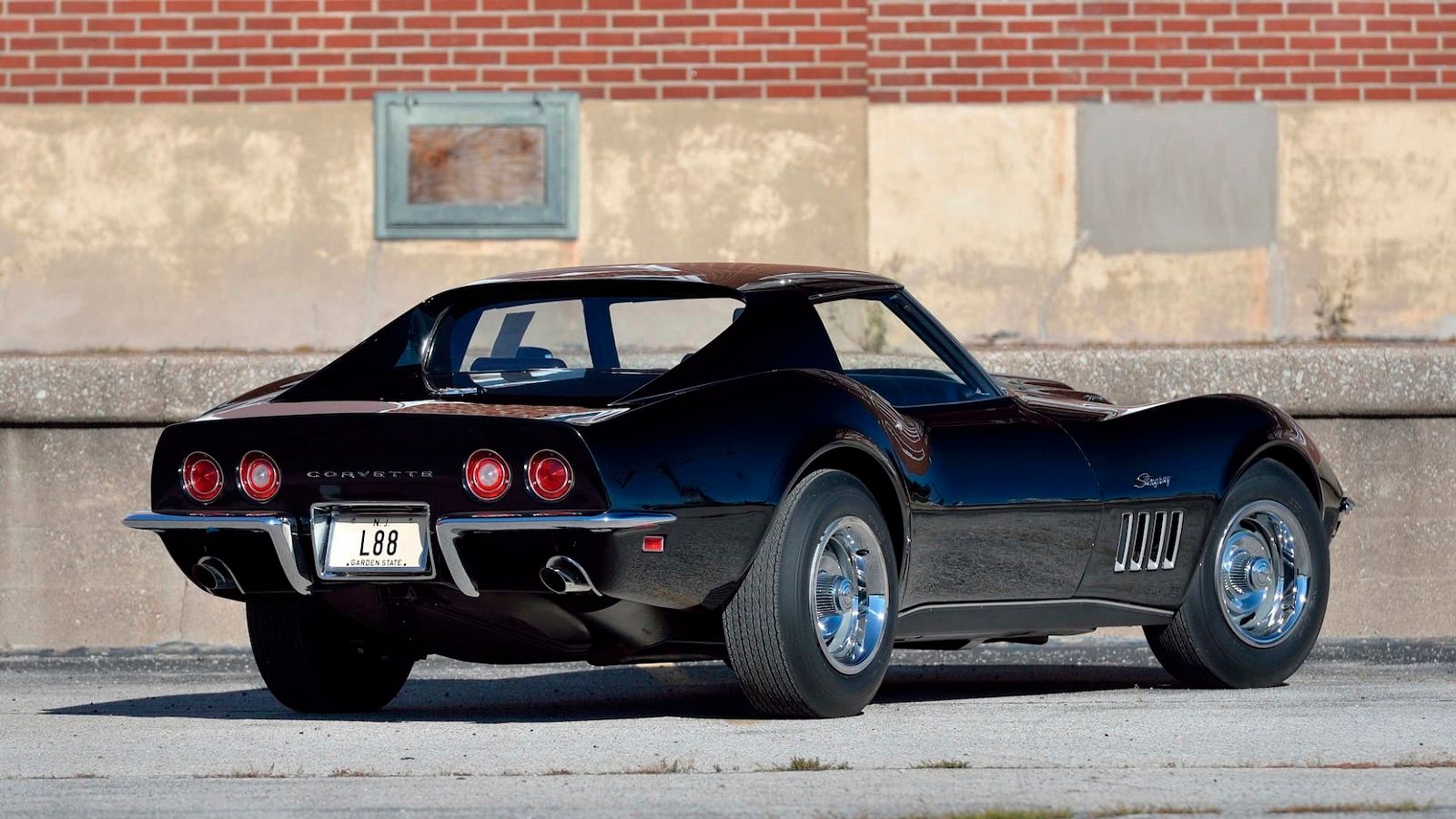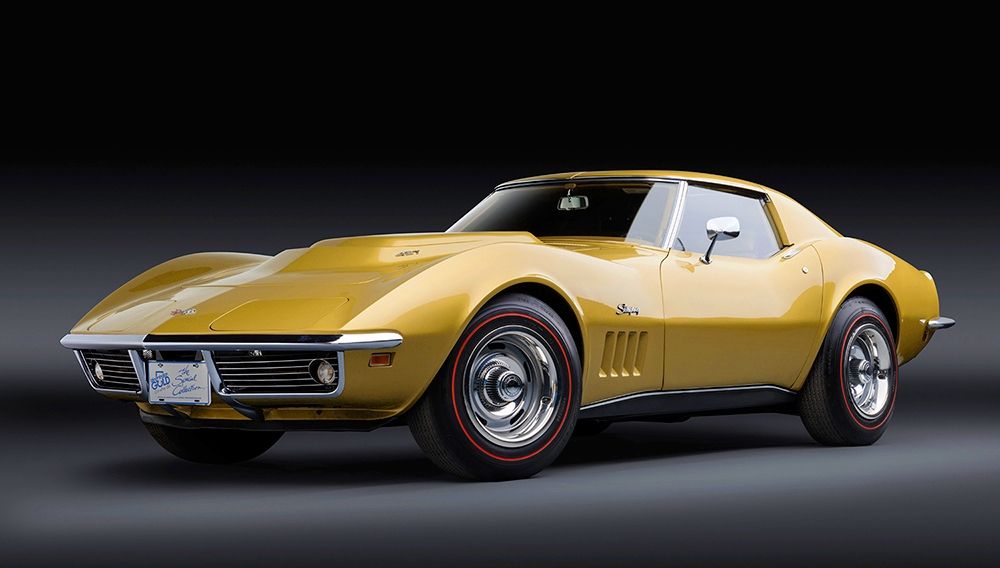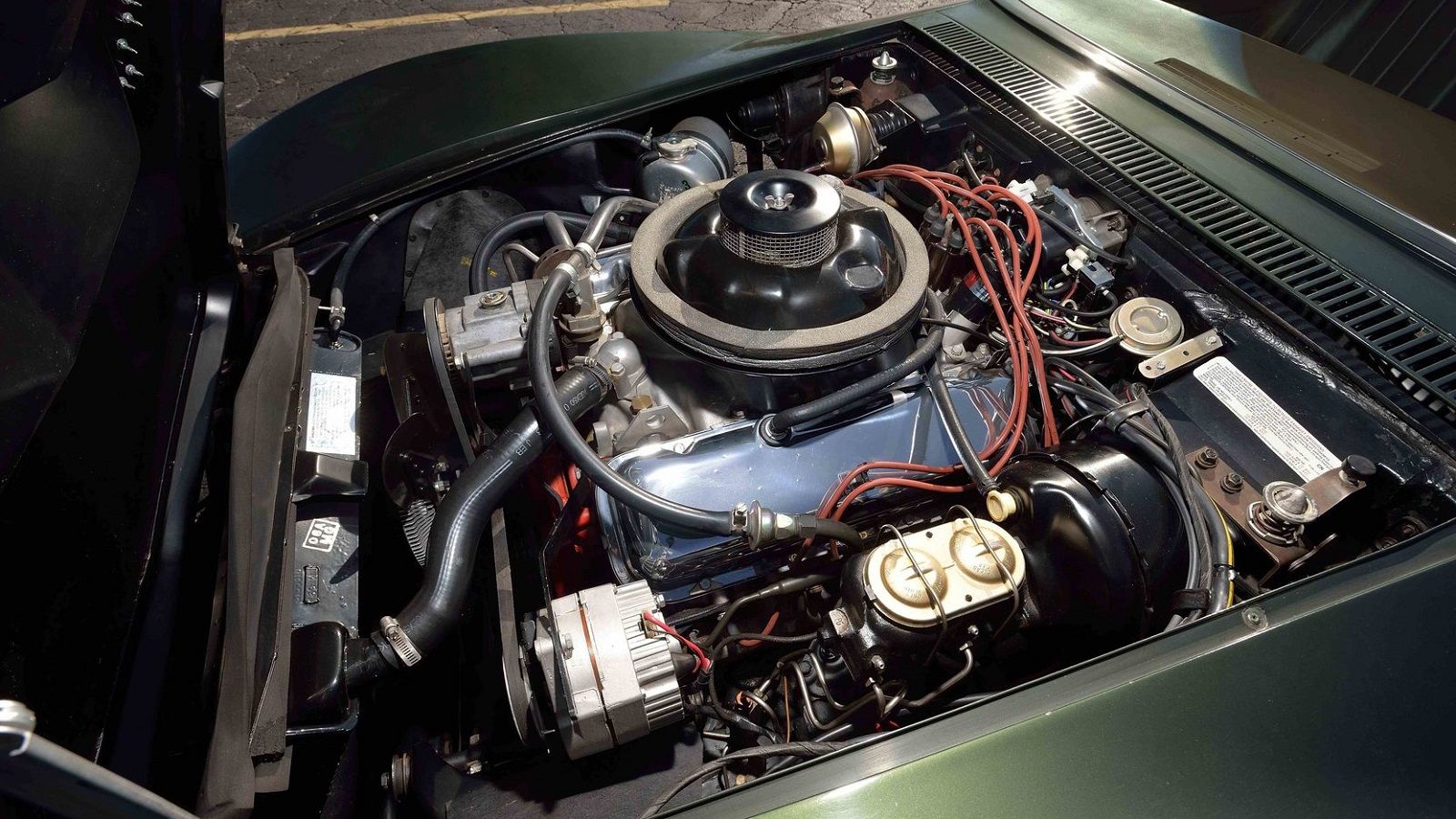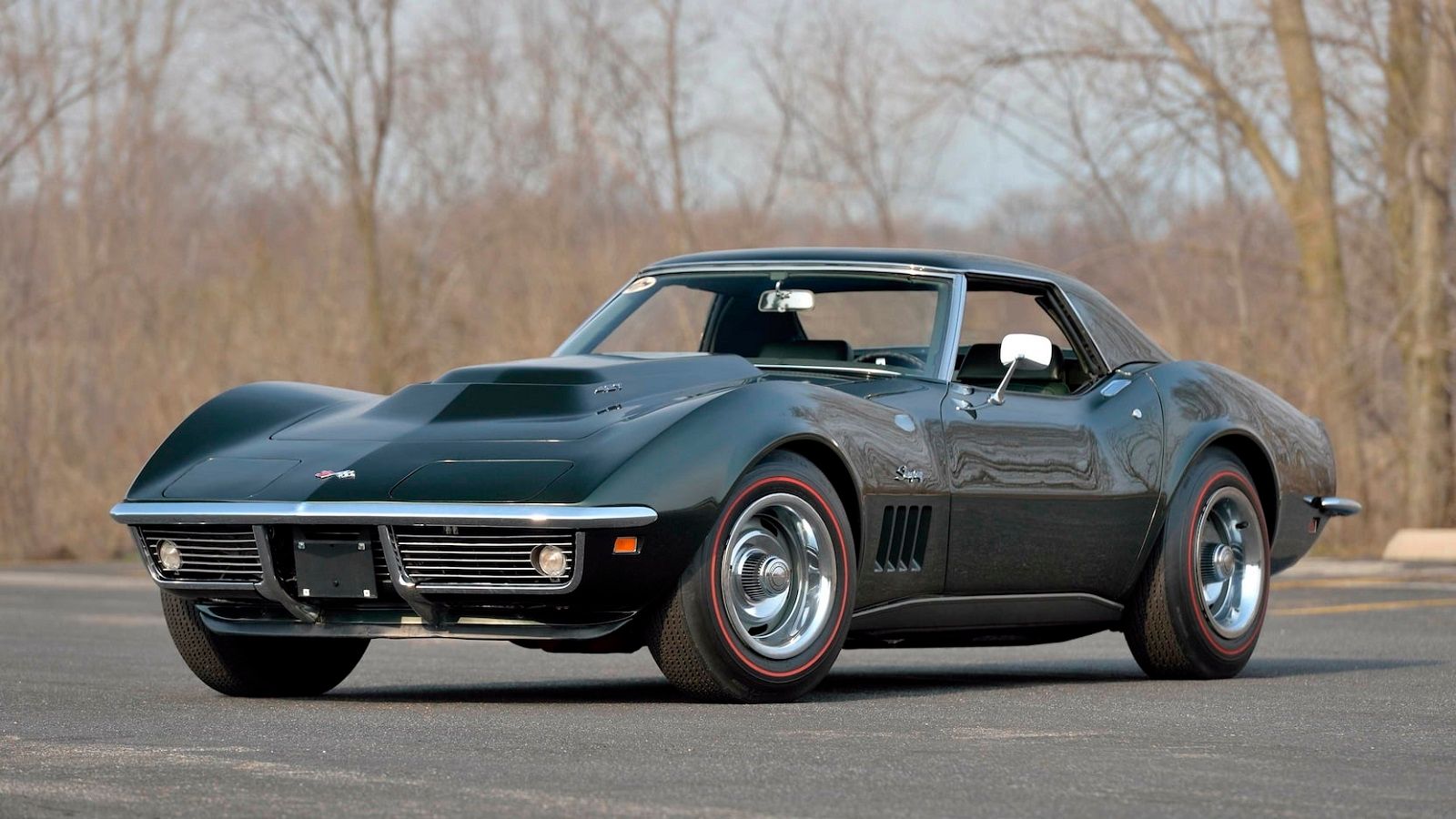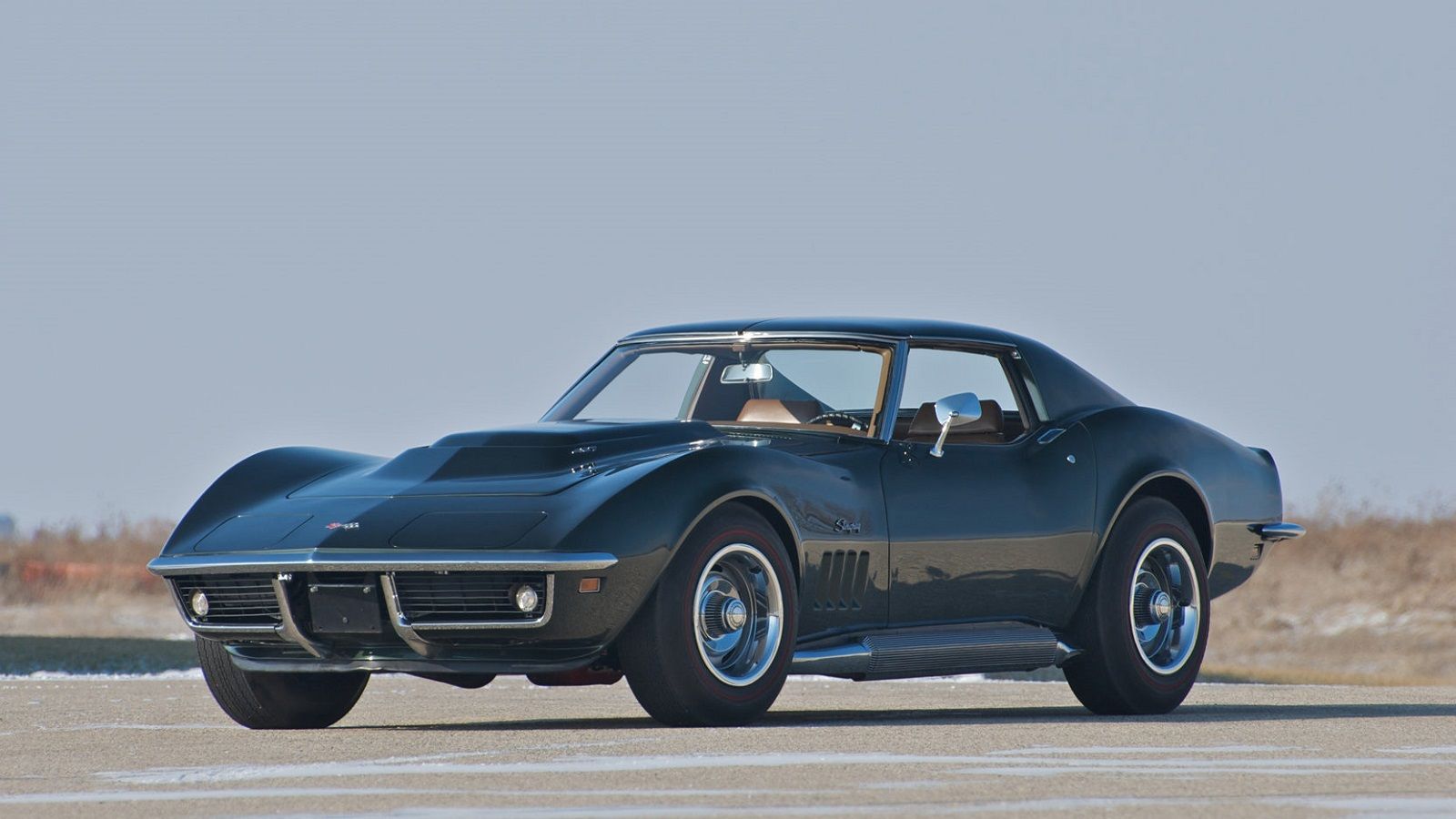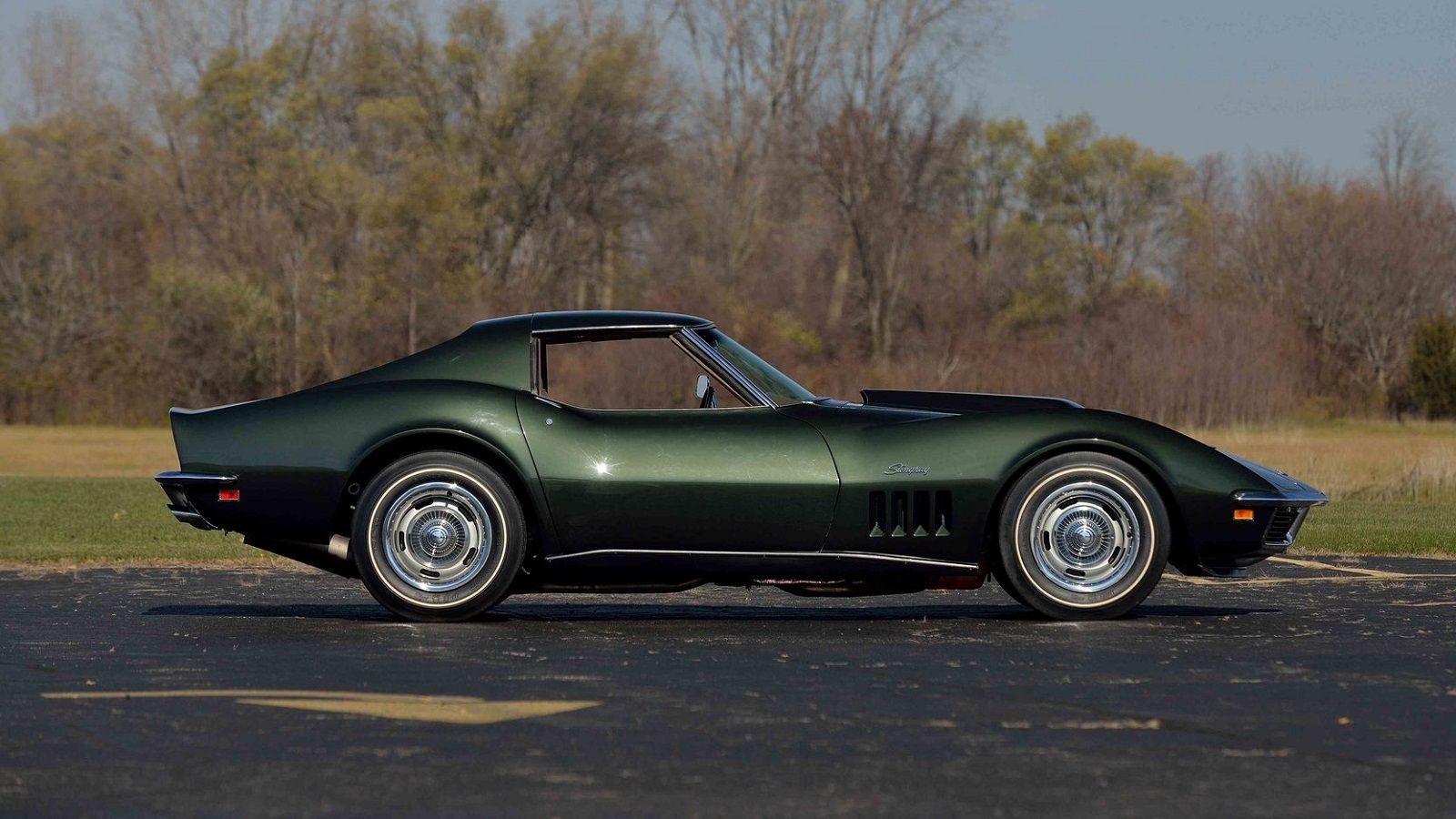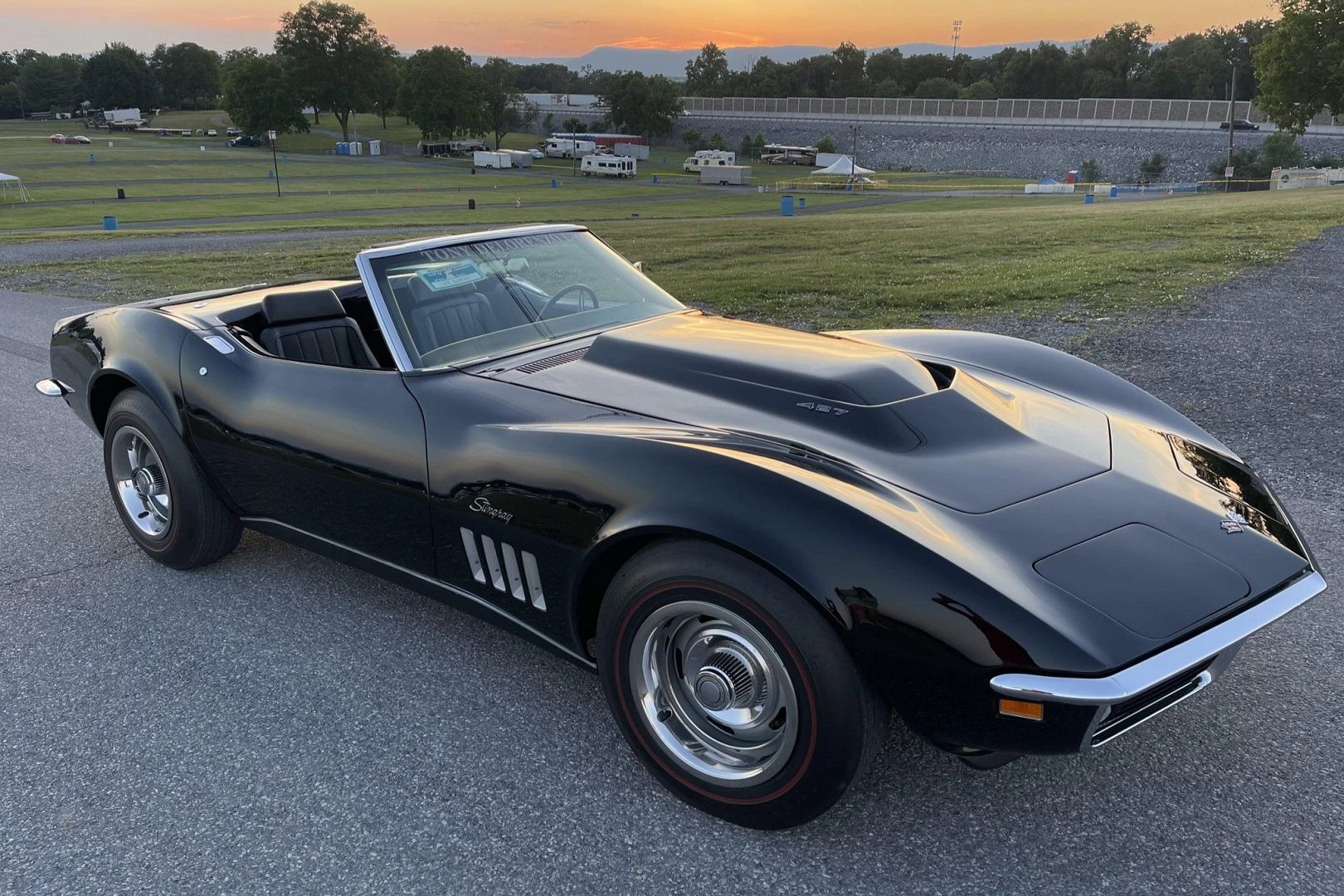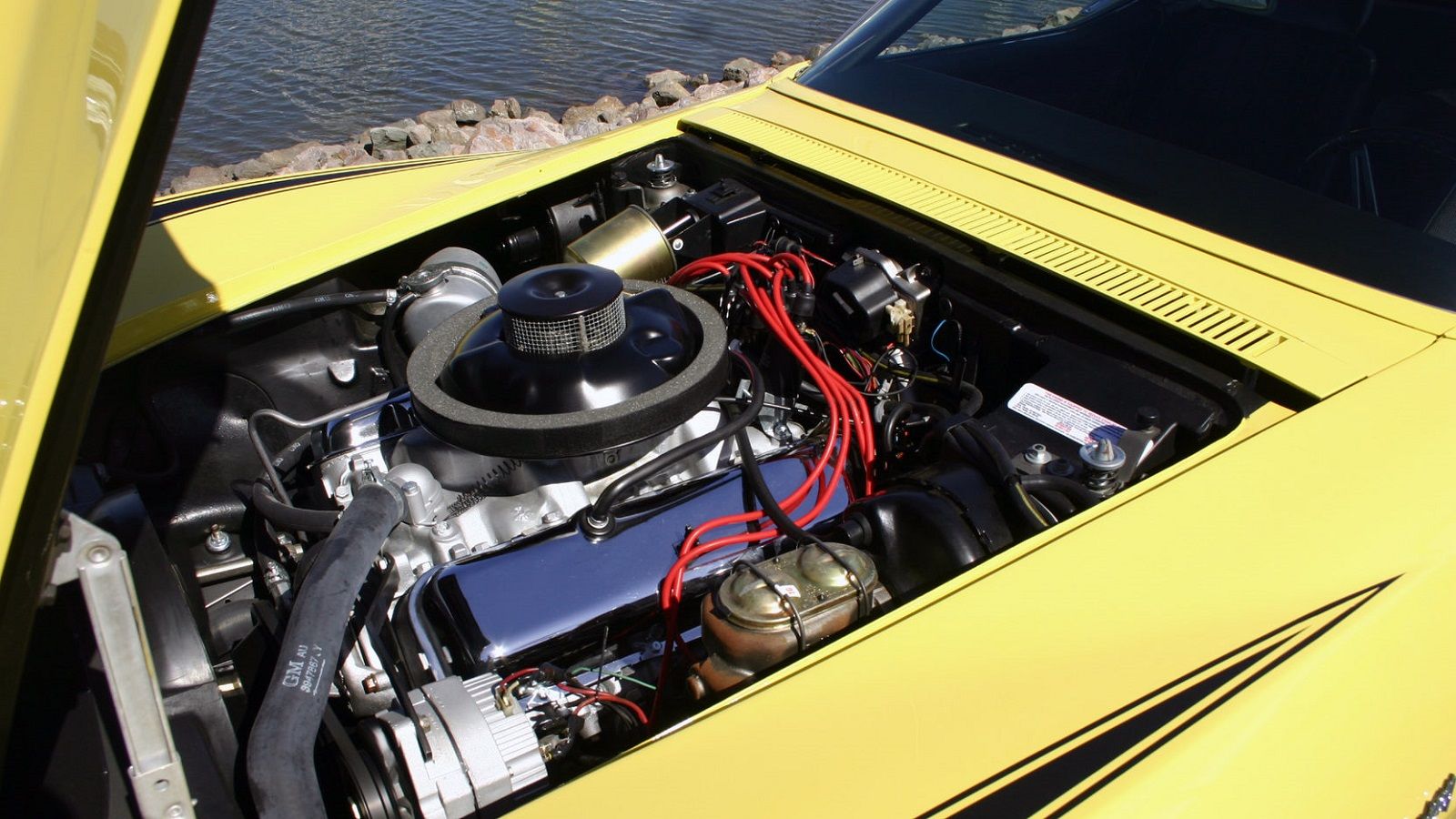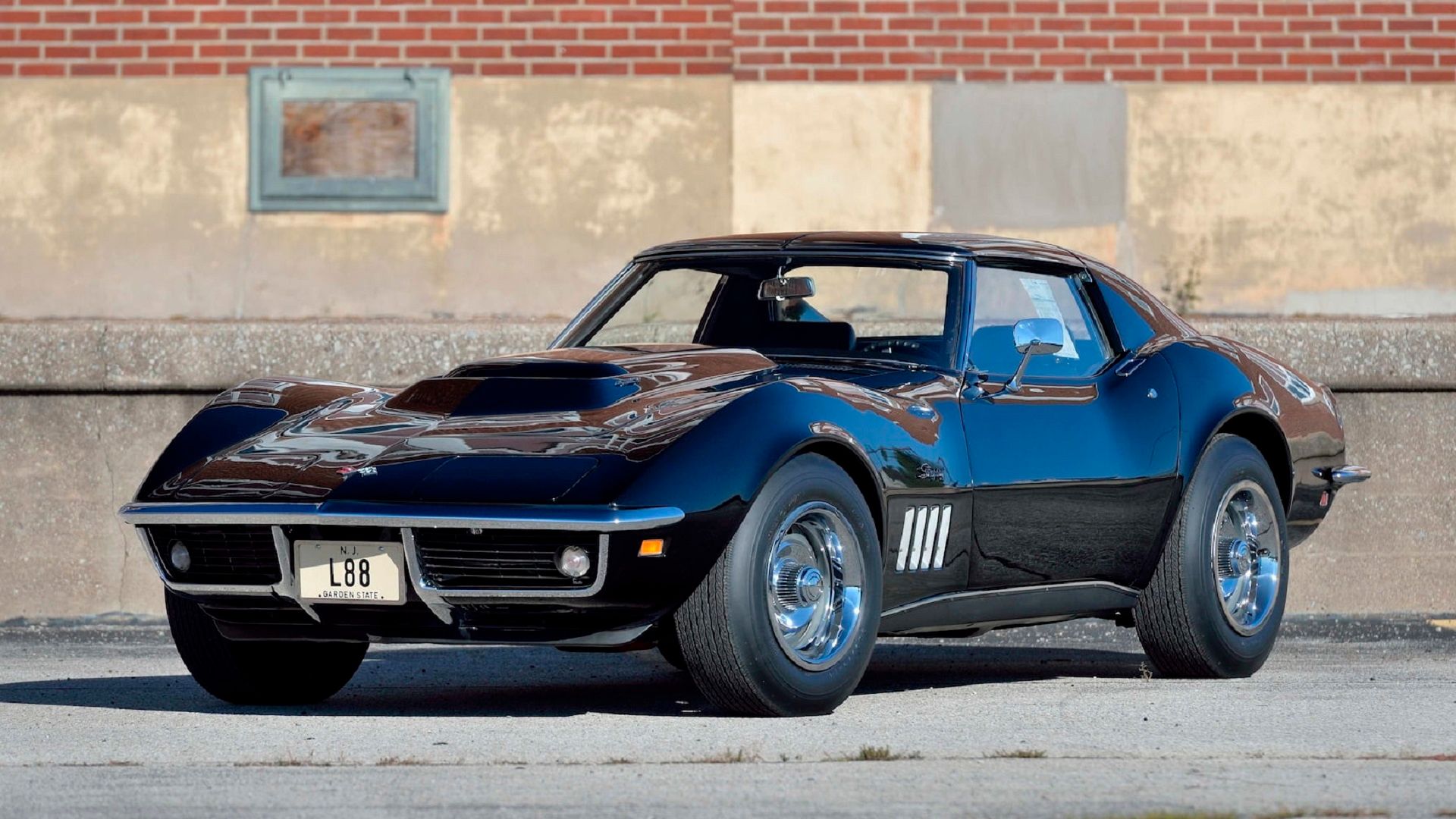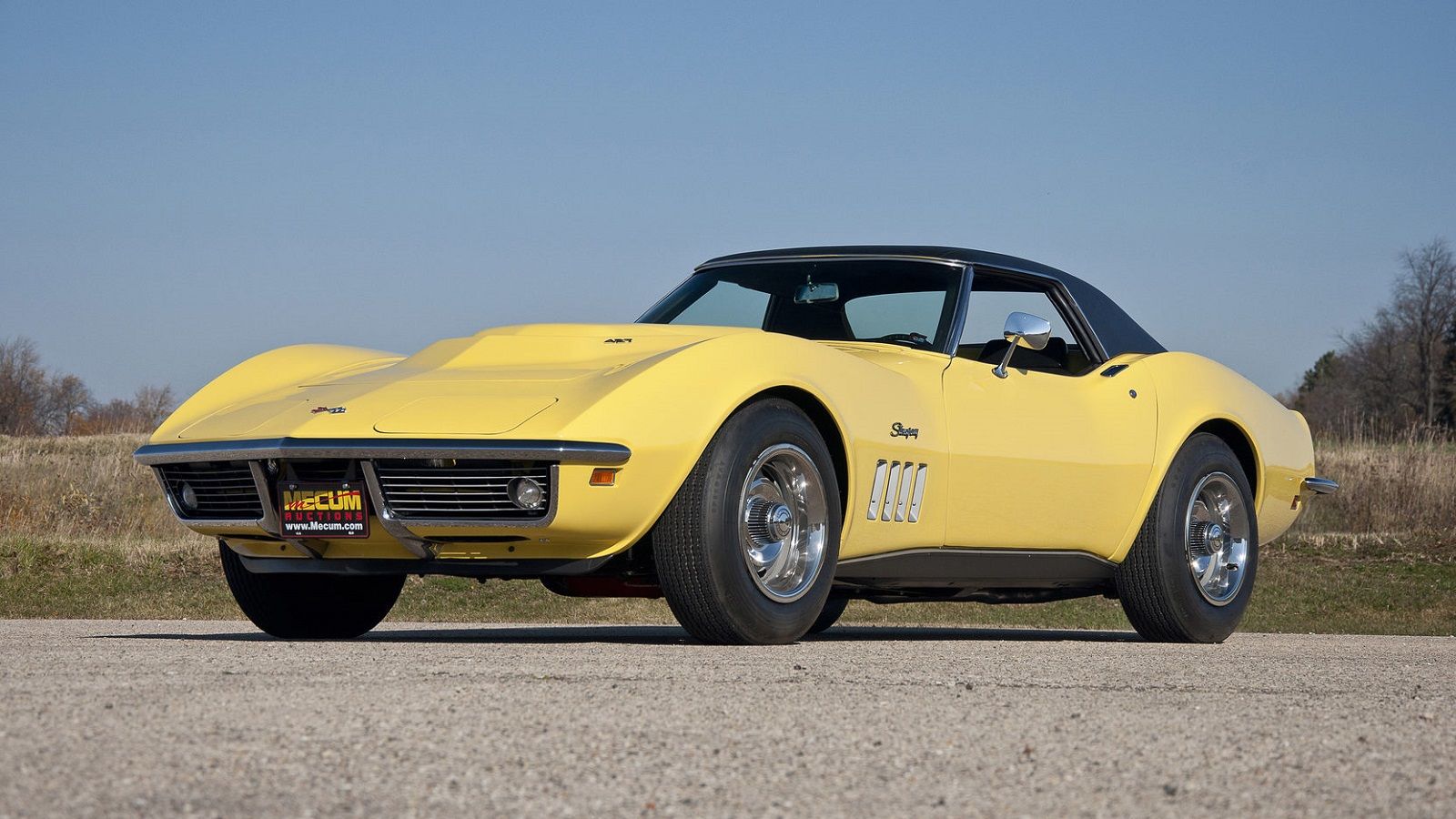The most iconic car in the nation is the Chevrolet Corvette. The first production in 1953 was the beginning of the long history that America's sports car has blasted through, still being one of the most prized possessions today. Classic muscle car and performance vehicle lovers flock to see one on display, even if they are Ford or Dodge, people. There is nothing like the curves and aggressiveness of a Chevrolet Corvette.
That is where the agreement ends within the masses of Corvette followers because each person has their own idea of which year and trim level was the greatest of all time. Some would prefer the new 2023 Corvette Stingray, while others will be more than happy to wait for the new electric Sedan or SUV to come onto the market. Still, others prefer the old classics with big block motors rumbling under the hood, such as the mighty 1969 Chevy L88 Corvette.
Gearheads from around the world can appreciate this model, even if it is not one of their top choices. It was not a car with an everyday 427 under the hood, nor a muscle car that was promoted for sale to the public as much as would have been thought. Let's jump back into time for a spell and discover some facts about the 1969 Chevrolet L88 Corvette that only true gearheads would know.
10 1969 L88 Corvette Was From The Mind Of Zora Arkus-Duntov
Everybody knows that Harley Earl was the actual designer of the first Corvette back in 1953, but the man that has the distinction of being "the father of the Corvette" is Zora Arkus-Duntov. He is a Belgium-born American engineer that came up with some of the most unique and historical Corvette designs. The 1967 Chevy L88 was one of those designs that Zora and his team came up with, carrying on into the 1969 L88 Corvette, which was the last of the years that the L88 was used in the line of cars. The 427 was replaced by another, more powerful engine by the end of the model run, but the L88 is still why the 1969 Corvette is such a coveted and sought-after performance car today.
9 The 1969 Chevy Corvette L88 Was Not Intended For The Public
The 1969 L88 Corvette did not see many numbers in production, which of course, was the idea of the executives at Chevy from the start. The smaller 350 engine was the choice that was pushed by the dealers and marketing efforts, leaving the L88 as an option that only the truly devout Corvette fans would know about. Industry experts claimed that the updated and upgraded L88 engine was meant to be a racing machine, not one that should ever be used by reckless drivers or consumers wanting a daily driver. For this reason, the marketing team at Chevy did not mention the L88 option because even though it was available to the public, it was not meant to be sold to the average consumer.
8 L88 Was A Highly Modified 427 Big Block
The base model 427 in 1969 would have been a great engine for the Corvette to have under the hood, but the engineers wanted more. More power, torque, and performance than the average GM vehicle with the big block had. So the L88 engine was built with as many upgrades as the team felt were needed to make the awesome 427 engine even better. The L88 had a solid lifter camshaft with an added inner dampener spring, forged pistons, forged steel crankshaft, thicker connecting rods with floating wrist pins, stamped steel rocker arms, thicker pushrods, and aluminum heads. All combined to make the modified L88 that was claimed to push out a respectable 430 horsepower and 450 foot-pounds of torque.
7 No Production Car In 1969 Could Match The Acceleration Of The L88 Corvette
In 1969 no other production car could match the intense acceleration of the Chevy L88 Corvette. The L88 'Vette was built to race and dominate the competition on and off the sanctioned drag strips. From a dead stop, the 1969 L88 could accelerate to 60 mph in under seven seconds and the dash to 100 mph in took less than 13 seconds. As for the quarter mile, it screamed through in under 14 seconds, with some accounts of the car reaching down into the mid-11-second range. In comparison, the Ford Mustang Boss 429 could accelerate to 60 in just over seven seconds, and the Dodge Challenger 440 Six Pack car could average a quarter-mile of times close to 14 seconds.
6 The 1969 L88 Had Set Options That Were Available
Unfortunately, for the few people that did order the 1969 Chevy Corvette with the L88 engine, there were not many options available that were not actually required. An engine with that much power will need the drivetrain and structure to be built, so it does not get ripped apart under hard acceleration. The first option that was not really an option was the Positraction rear end, which was the only one that could hold up to the torque that the L88 put out. Other options that were automatically included were the heavy-duty performance suspension, heavy-duty power disc brakes, and a bubble top hood.
5 Specific Options Were Not Available On The 1969 Corvette
On the other hand, some options associated with any car with creature comforts were not available on the race-ready 1969 Chevy L88 Corvette. Such things as a radio system that helps make driving long distances more relaxing and an air conditioning system that keeps things cool in the cab. Both of them added some weight to the 3,200-pound car, and when the air conditioner is turned on, it sucked power away from the engine. Another common addition that people even today take advantage of that was not an option was power steering. Anything extra added to the engine that needs the power to work takes away from the output of power when needed. Now granted, the power disc brakes did pull some juice, but when needing to stop, the power needs to be transferred from output to stopping.
4 The 1969 L88 Corvette Was Light On Its Feet But Hard On Steering
The average weight of a muscle car in 1969 was between 3,000 and 4,000 curb pounds, with the majority of production cars coming in on the higher side of the scale. The 1969 Chevy Corvette weighed in at 3,425 curb pounds, but since the L88 was designed for racing, even with the larger big block 427, it only weighed 3,200 pounds. The weight reduction helped with speed and performance but did not help the car turn. Since the power steering pump and system were removed to decrease the weight of the '69 L88 Corvette, the car is not the easiest to turn, especially at slow speeds.
3 ZL1 Option On The 1969 Chevy Corvette Replaced The L88
The L88 engine was first introduced in 1967, with each year up until 1969 getting improvements in power and torque. Never once did the Corvette lovers across the land ever think that the mighty L88 engine would ever be replaced, let alone retired for the 1970 model year. It was, though. By the middle of the year, the engine started to be replaced by the ZL1 engine as an option on the order sheet. It was an engine that upped the ante for the Corvette, being built with an aluminum block and open-chamber heads. The ZL1 could produce up to 430 horsepower, according to the numbers given by GM. But of course, just like all the other engines in the decade, the numbers were underrated by at least 100 horsepower, if not more.
2 The '69 Corvette Had Low Production Numbers Which Means High Collectibility
For 1969 Chevy pushed out 38,762 combined models and trim levels, with just over 100 of those being cars that had the L88 optional engine. What that meant for the people in 1969 was that they did not have access to buy one unless they were in the know and were able to opt for one when first buying it. Today, that means that it is extremely hard to find one of these legendary old-school cars, and when it is, the cost will undoubtedly be in the six-digit range. The reason for that is because of the low production numbers, which boosts its desirability by collectors worldwide.
1 1969 Chevrolet Corvette L88 Is Worth A Pretty Penny Today
Finding a car that is on the top of everyone's collectible lists can be a very challenging undertaking. If the car being looked for is the 1969 L88 Chevy Corvette make sure that some extra cash is brought to the auction because it will be needed. Back in 2021, a high-quality car went for $610,000 in an auction conducted by Bring a Trailer. Since then, cars in good shape have sold to buyers watching the auctions for over 3 million dollars. So, the bottom line is that the 1969 Chevrolet L88 Corvette is one of the best classic muscle cars of the era, but to get one parked in the garage will cost a pretty penny, so be prepared.

